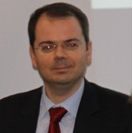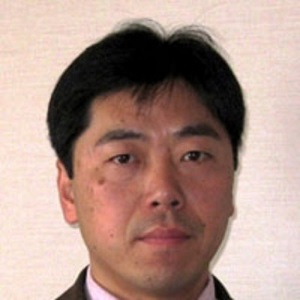State of the Art of Acoustic Emissions Applications
A special issue of Applied Sciences (ISSN 2076-3417). This special issue belongs to the section "Acoustics and Vibrations".
Deadline for manuscript submissions: closed (28 February 2019) | Viewed by 5978
Special Issue Editors
Interests: structural health monitoring (SHM); non-destructive evaluation (NDE); acoustic emission (AE); ultrasonic testing (UT); scattering; dispersion; attenuation; material evaluation; concrete
Interests: civil engineering materials; assessment of deterioration; NDT; sensors; AE; UT; FOS; tomography
Special Issues, Collections and Topics in MDPI journals
Special Issue Information
Dear Colleagues,
The 24th International Acoustic Emission Symposium (IAES 2018; http://www.iiiae.org/iaes24/index.html) will be held in Sapporo, Japan, 5-9 November, 2018. International Acoustic Emission Symposium (IAES) has been held biennially since 1972. This Symposium is more than 40-year-old, long history in Acoustic Emission (AE) field. The principal objective of the IAES is the interchange of global information on AE between many researchers and engineers. The Japan Society for Non-Destructive Inspection (JSNDI) has hosted the symposia. Topics to be discussed at IAES will cover all the areas of AE testing, including: Industries, Machine Engineering, Medical Science, Civil Engineering, Material Science, Geo-Resource Engineering, Signal Processing, Sensor System and so on. The special issue will be based on selected papers from the conference IAES24 of 2018, but it is open to all researchers active in the field, which are urged to submit their studies for publication into this specialized issue of the journal.
Topics of interest (among others) include:
- Signal- and parameter-based approaches for fracture monitoring
- Identification of fracture modes
- Innovative methodologies in AE (tomography, etc.)
- Monitoring of innovative materials
- AE for quality control of processes
- Combination of AE with other monitoring techniques
- Sensor technology and wireless systems
- AE for structural health monitoring
- Improvement in localization of sources
- Wave dispersion and waveguides
- Numerical simulations of acoustic wave propagation
Prof. Dr. Dimitrios G. Aggelis
Prof. Dr. Tomoki Shiotani
Dr. Yoshihiro Mizutani
Guest Editors
Manuscript Submission Information
Manuscripts should be submitted online at www.mdpi.com by registering and logging in to this website. Once you are registered, click here to go to the submission form. Manuscripts can be submitted until the deadline. All submissions that pass pre-check are peer-reviewed. Accepted papers will be published continuously in the journal (as soon as accepted) and will be listed together on the special issue website. Research articles, review articles as well as short communications are invited. For planned papers, a title and short abstract (about 100 words) can be sent to the Editorial Office for announcement on this website.
Submitted manuscripts should not have been published previously, nor be under consideration for publication elsewhere (except conference proceedings papers). All manuscripts are thoroughly refereed through a single-blind peer-review process. A guide for authors and other relevant information for submission of manuscripts is available on the Instructions for Authors page. Applied Sciences is an international peer-reviewed open access semimonthly journal published by MDPI.
Please visit the Instructions for Authors page before submitting a manuscript. The Article Processing Charge (APC) for publication in this open access journal is 2400 CHF (Swiss Francs). Submitted papers should be well formatted and use good English. Authors may use MDPI's English editing service prior to publication or during author revisions.







